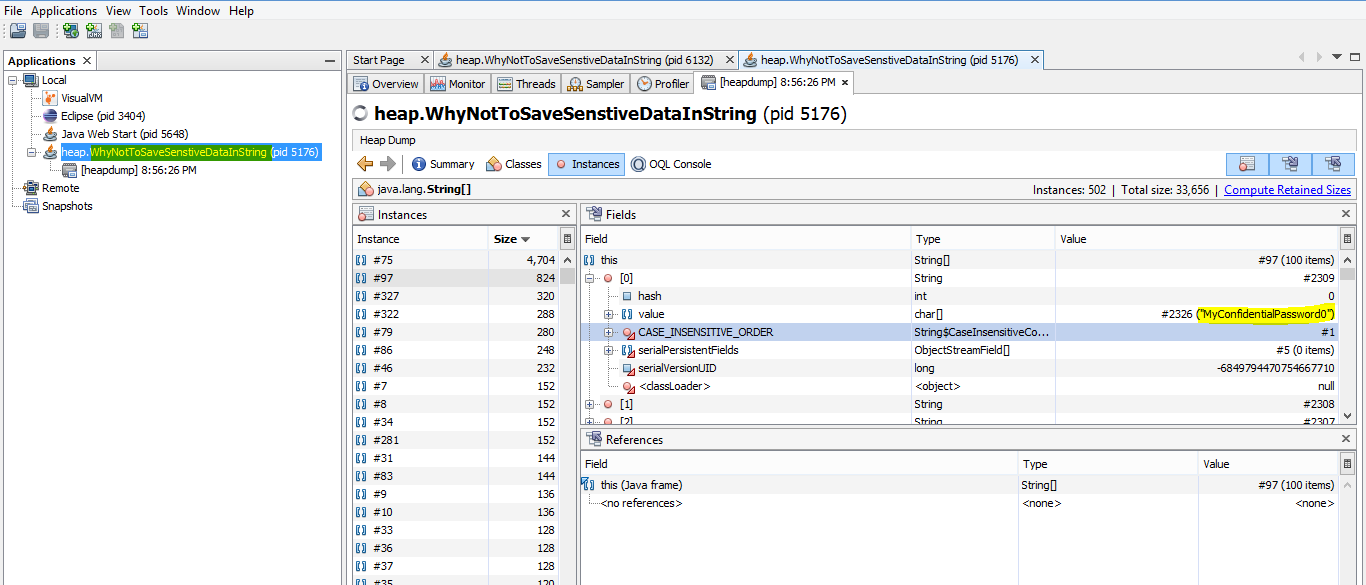annonymous innerclass
Inheritance is a very strong feature in java. Among other things it enables us to change behavior of objects at runtime. Lets consider an example.
Consider a class TextFormat having a method displayText(String msg). The method prints the text message that is passed as param without any formating.
package format;
public class TextFormat {
public void print(String msg){
System.out.println(msg);
}
}
package format;
public class Client {
public static void main(String[] args) {
TextFormat tf = new TextFormat();
tf.print("Testing the power of LATE BINDING");
}
}
Output : Testing the power of LATE BINDING
A client can call the display method through the interface* TextFormat and see the message displayed on the console.
Note* : Interface in the above para is used as a generic term that defines the operations that a client of an api can perform. And it can mean a class or an interface.
Now the client wants the text to be displayed in a formatted manner say in lower case. But it does not want to change the interface and the method call.
That can be achieved through inheritance and the dynamic/late binding concept.
Note that the only change in the client code is at Line 10. And that can also be moved out of code to the configuration ( generally xml ) using IOC (Inversion of control) pattern. So, effectively the Client code remains untouched and the behavior change is also achieved.
package format;
public class LowerCaseTextFormatter extends TextFormat {
@Override
public void print(String msg) {
System.out.println(msg.toLowerCase());
}
}
package format;
public class Client {
public static void main(String[] args) {
TextFormat tf = new LowerCaseTextFormatter(); // LINE 10
tf.print("Testing the power of LATE BINDING");
}
}
Output : testing the power of late binding
Can we achieve such a behavior change without writing a new concrete implementation that extends TextFormat class ?
Consider the below case. We are able to change the behavior of print() method on the fly by creating a anonymous inner class. Although it is a local class and cant be reused outside its scope.
package format;
public class Client {
public static void main(String[] args) {
/* Changing behaviour of print method
* using Anonymous Inner Class
*/
new TextFormat(){
@Override
public void print(String msg) {
System.out.println(msg.toLowerCase());
}
}.print("Testing the power of LATE BINDING");
}
}
Output : testing the power of late binding
The compiler version of anonymous inner class does extend the TextFormat class.







